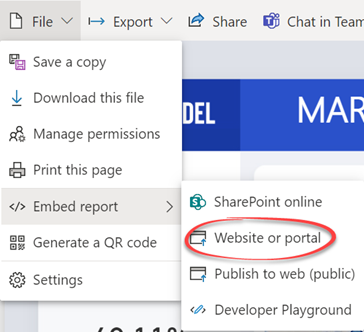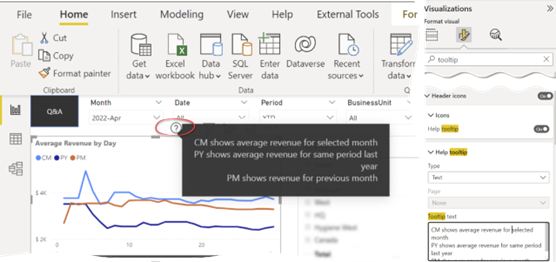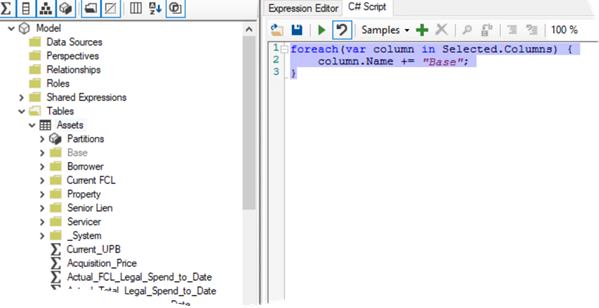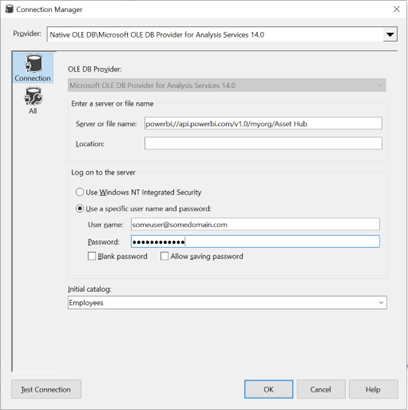Resolving Tabular Conversion Errors
A scheduled SSIS job that executes a massive DAX query to an on-prem Tabular server (Power BI can also generate this error) one day decided to throw an error “Source: “Microsoft OLE DB Provider for Analysis Services.” Hresult: 0x80004005 Description: “MdxScript(Model) (2020, 98) Calculation error in measure ‘Account Snapshot'[Average utilisation % of all CR active current accounts last 3 months]: The result of a conversion or arithmetic operation is either too large or too small.” At least we know the offending measure, but which row is causing the error? The query requests some 300+ measures for 120 million customers, so I thought someone might find the troubleshooting technique useful. Let’s ignore what the measure does for now except mentioning that it performs a division of two other measures.
We can use the DAX ISERROR function to check if a measure throws an error. So, the first step is to wrap the measure with ISERROR and execute the query for all customers.
EVALUATE FILTER ( CALCULATETABLE ( ADDCOLUMNS ( VALUES ( 'Customer'[Customer Registry ID] ), "x", ISERROR ( [Average utilisation % of all CR active current accounts last 3 months] ) ), FILTER ( VALUES ( 'Date'[Date] ), 'Date'[Date] = DATEVALUE ( "2022-10-14" ) ) ), [x] )
The query uses the ADDCOLUMNS function to add the measure so that it’s evaluated for each customer as of the date when the job ran. Make sure to add dependent measures that references the measure in the error description. ISERROR will return TRUE if the measure throws an error. The final step is to wrap CALCULATEDTABLE with FILTER that returns only the offending customer(s) where the measure is TRUE.
Using this technique, I’ve managed to narrow the error to data quality issues concerning large negative credit limits for some customers. BTW, the Tabular engine raises this error when converting a double precision floating point number to an integer, but the former is out of range of valid integer numbers.












